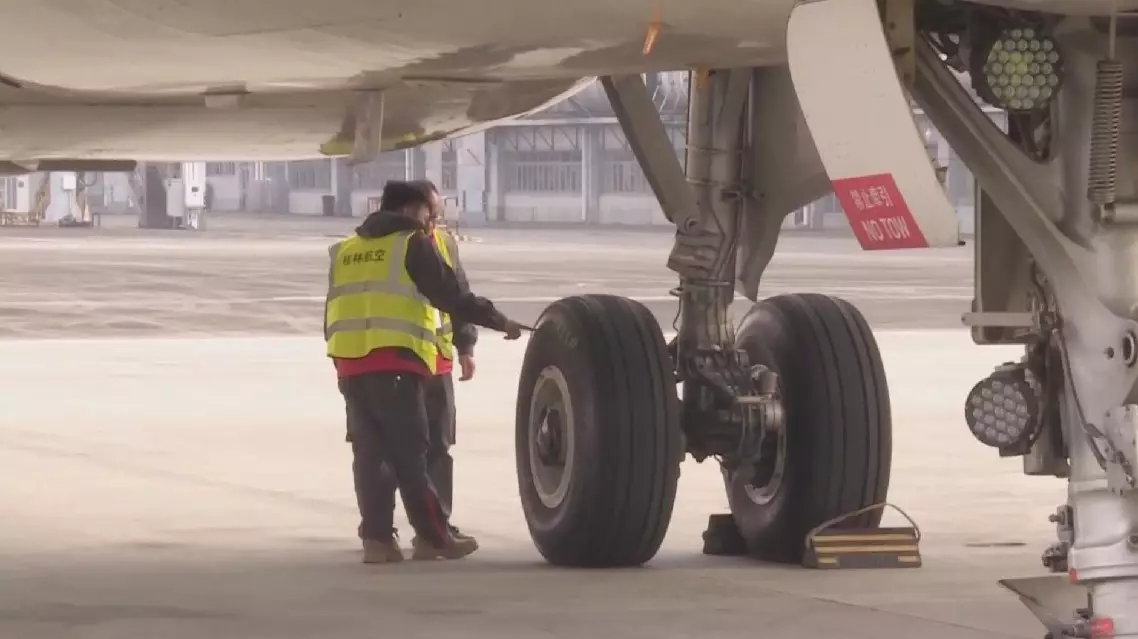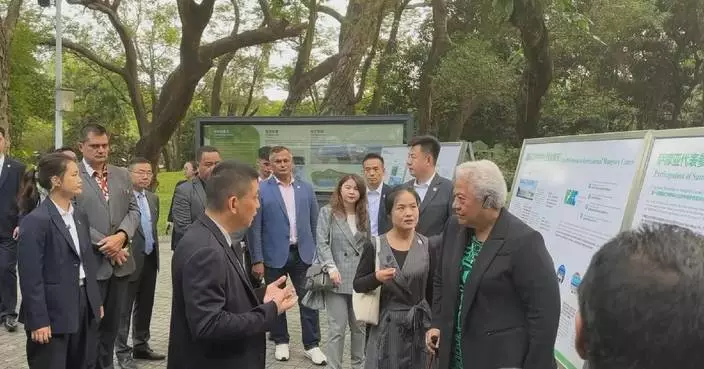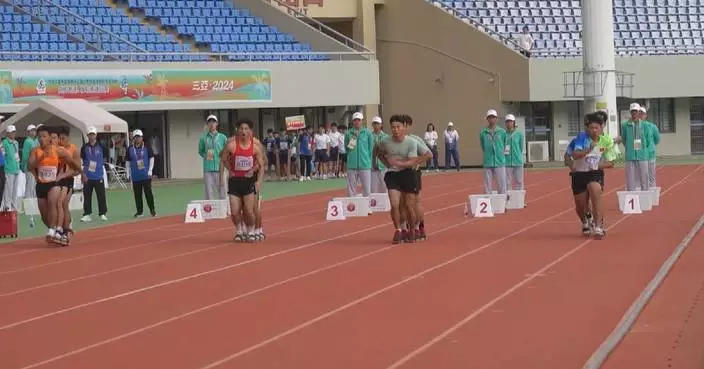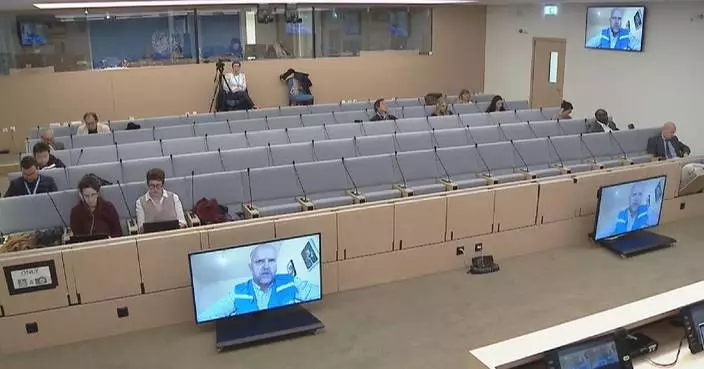A draft released late on Friday at the COP29 climate summit in Baku, Azerbaijan, left most climate activists and developing countries disappointed.
Climate talks in Baku, which were originally scheduled to end on Friday, were extended by an additional day as deep divisions persist regarding the New Collective Quantified Goal (NCQG) for climate finance.
Frustration has been high at the summit after multiple drafts of an agreement were circulated without any actual figures. The text eventually released by the COP29 presidency on late Friday proposed developed nations "take the lead" by providing 250 billion U.S. dollars in annual climate finance by 2035.
This target is intended to replace the existing goal of mobilizing and providing 100 billion dollars annually by developed countries to assist developing countries.
However, there is discontent over the proposed contribution of developed countries, who have also missed earlier climate finance targets. With many delegations having left the talks, there is also concern if the quorum is in place to have a real climate deal from this COP.
"The latest draft that has come out is an insult to people who are already facing a climate crisis. The number that the developing countries have offered is a paltry sum of 250 billion dollars annually against the demand of developing countries who are demanding 1.3 trillion dollars annually to meet the cost of climate action. And this number is going to include loans to a large extent because they are depending on multilateral development banks. It is injustice caused by the developed countries, yet they are not meeting their obligation. The text also omits any reference to fossil fuels," said Harjeet Singh, global engagement director for the Fossil Fuel Non-Proliferation Treaty Initiative.

Draft deal on climate finance triggers criticism, runs COP29 climate summit into overtime









